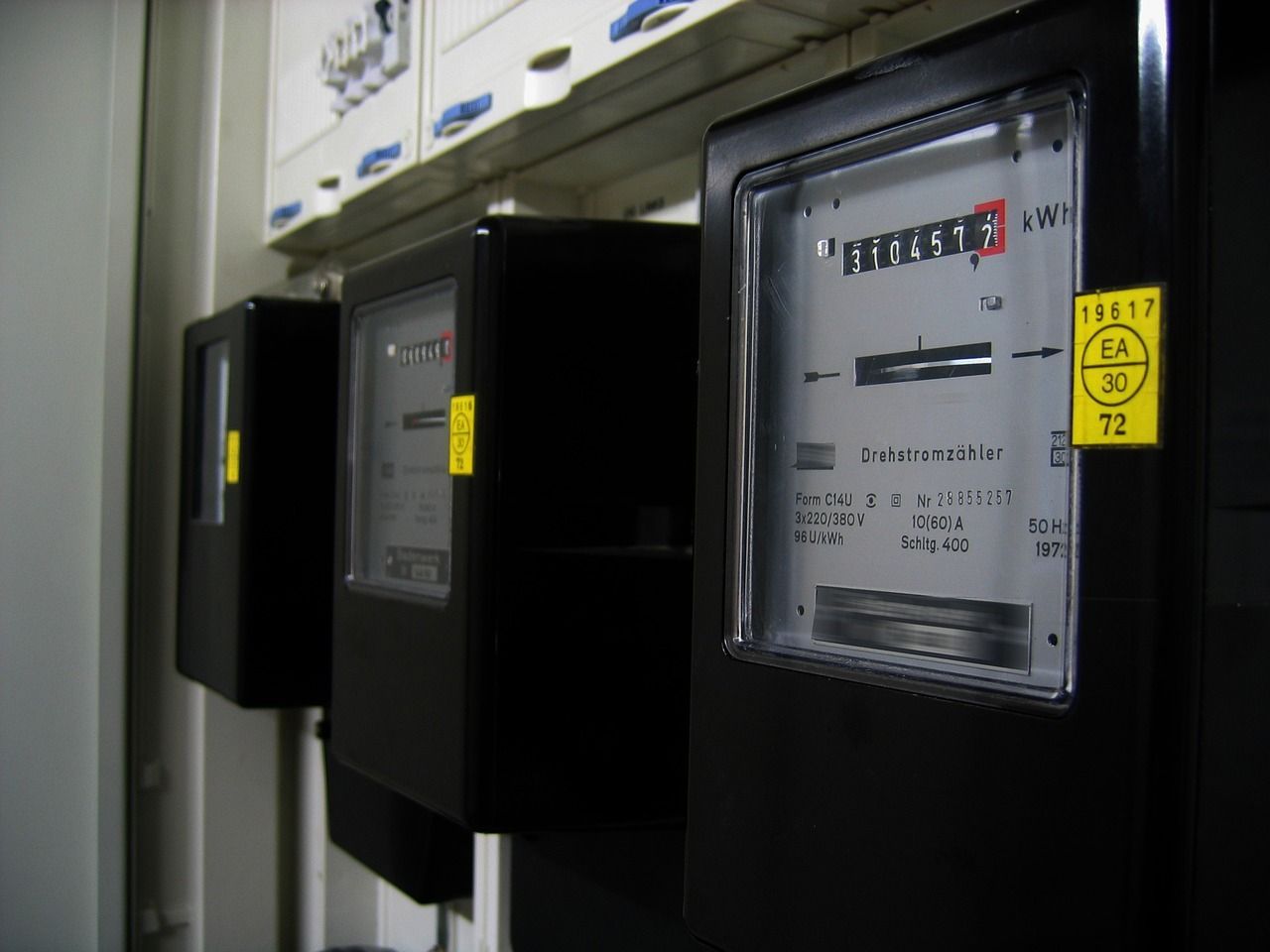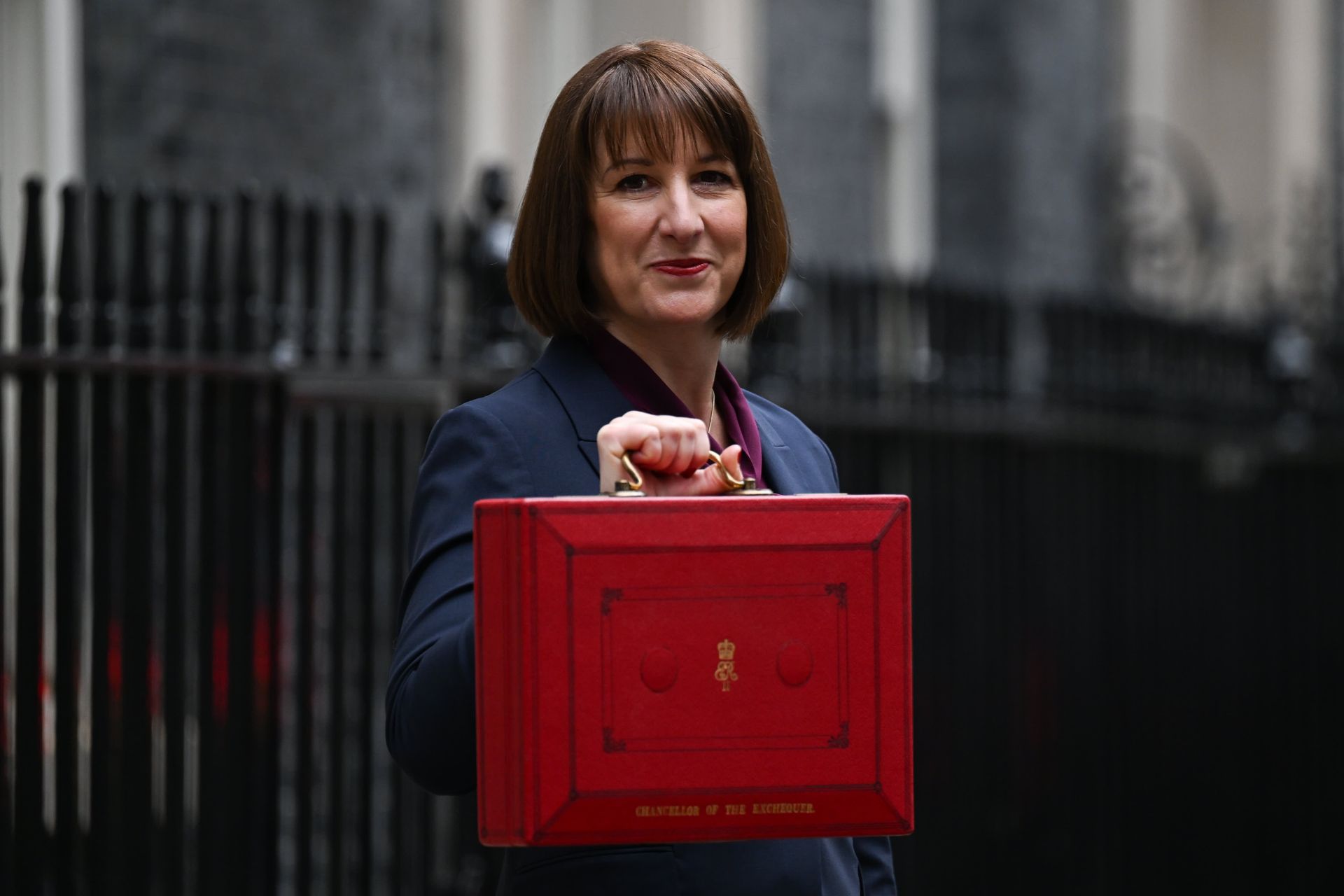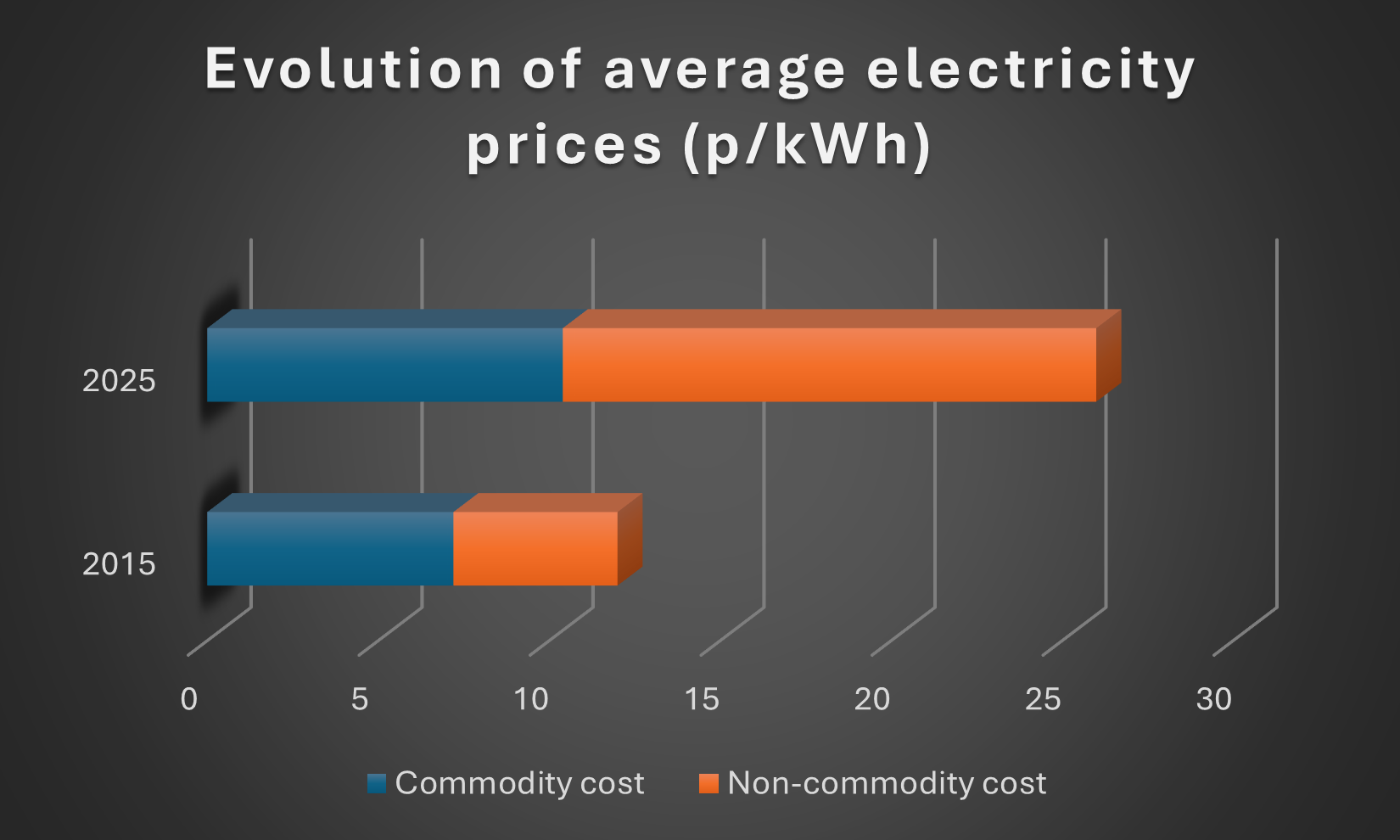Understanding Your Energy Bills: Meter Reads
How to Submit Business Meter Readings and Avoid Estimated Bills
Keeping your energy costs under control is essential -- especially for UK businesses facing rising electricity and gas prices. Whether you rely on traditional meters or are considering a business smart meter upgrade, understanding how meter reads work helps ensure you only pay for the energy you actually use.
This guide explains what meter reads are, why they matter, and how regularly submitting readings can help you avoid unexpected or incorrect bills.
What is a Meter Read?
A meter read is the recorded measurement of the electricity or gas your property has used. This reading may come from:
- A representative from your energy supplier
- You, when you submit business meter readings manually
- A digital reading automatically sent from a smart meter
Traditional meters display numbers on rotating dials, while smart meters show your usage clearly on a digital screen.
Taking a Meter Read Yourself
Although many businesses and households now use smart meters, many still rely on traditional meters. And even if you have a smart meter, suppliers sometimes request manual readings if there’s a communication issue.
Because different meter types require different methods of reading, we’ve created a free meter-reading guide covering all common meter types. If you would like a copy of this guide, leave your email address in the form at the bottom of this page and we will send you a free copy.

Why are Meter Reads Important?
Accurate meter reads are essential for receiving correct bills. If your supplier doesn’t have an up-to-date reading, they rely on estimates based on previous usage.
The Problem with Estimated Bills
Estimates can easily be wrong. For example:
- If your electricity supplier overestimates your usage by 20% each month for six months, you’ll end up paying far more than you should.
- If they underestimate your usage by 20% each month, you could face a large catch-up bill later—unpleasant and potentially difficult to budget for.
By taking control and choosing to submit meter readings regularly, you ensure your bills always reflect your actual usage.
Benefits of Providing Meter Reads
There are several advantages to submitting meter readings yourself:
- Accurate Bills: As mentioned earlier, meter reads ensure you're charged for the exact amount of energy you use, preventing overcharges due to inaccurate estimates.
- Budgeting: Knowing your exact energy consumption allows you to better understand your usage patterns and budget accordingly. This can be particularly helpful if you're looking for ways to reduce your energy consumption and save money.
- Identifying Leaks or Faults: Sudden spikes in your meter readings could indicate a potential leak in your gas pipes or a faulty appliance using excessive energy. Regular meter reads can help you identify such issues early on, saving you money on repairs and wasted energy.
How Often Should You Submit Meter Reads?
Every supplier works differently, but for the most accurate billing we recommend:
- Submitting a meter read on the last day of every month
- Sending additional readings anytime you notice unusual usage
- Continuing to submit readings even if you are planning a smart meter upgrade
Considering a Smart Meter Upgrade?
If you’re looking to simplify your billing and avoid manual readings altogether, a business smart meter upgrade can be a smart investment. Smart meters:
- Send readings to your supplier automatically
- Reduce billing errors caused by estimates
- Provide real-time usage data to help you monitor energy consumption
Even with a smart meter, it’s still useful to understand how meter reads work -- especially if your supplier requests a manual read during maintenance or communication downtime.
Taking Control of Your Energy Bills
By ensuring accurate readings, you can avoid overcharges and gain valuable insights into your energy usage patterns. This knowledge can help you make informed decisions about your energy consumption and potentially save money on your bills. So, the next time you receive an estimated bill, consider taking a meter read and submitting it to your supplier. It's a simple step that can make a significant difference in your energy budget.
If you would like more information on meter reads and how to take them, add your details in the form below and we will send you free PDF copies of our guide to taking meter reads.
free guide of how to read your meters










